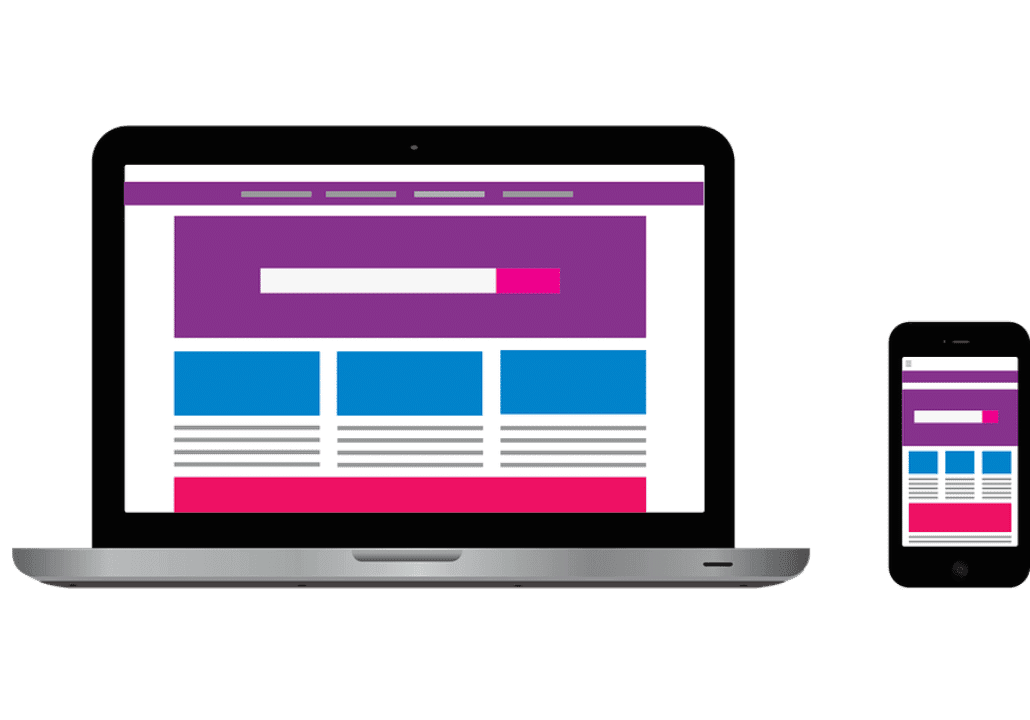Although not something new, if perhaps the first thing we should do is make clear in this post what the concept of a responsive website means. When we speak of responsive, in terms of web design we mean a design that favors a proper display of a web page on different devices, from a desktop computer or a laptop to a tablet or mobile phone. In spite of this tendency, that does not fashion, many websites present problems of navigation in mobile. Thus avoiding the numerous advantages offered by responsive web design:
Saving money, time and resources:
Investment in creation and administration, management, and web maintenance is reduced since there is only one site. In addition, when a content or section is updated, the changes are reflected directly across all platforms. No need to repeat this operation in duplicate again and again.
Improve conversion and sales:
Unadapted websites are linked to high rebound rates, negative feedback and loss of loyalty and sales. On the contrary, a unified and coherent web image generates trust between users and potential customers, allows the association of the brand or company to innovation and results in a positive impact on the conversion ratio. In the field of eCommerce, if a web is attractive, users will decide to spend more time on it and have more opportunity to buy a product or service, instead of abandoning their shopping cart.
Earn points against search engines:
Google, the world’s largest search engine, recommends responsive sites optimized for mobile. In addition rewarding them by prioritizing their appearance in top positions of an organic search, and what’s more, it has announced that it will notify in case a web does not comply with the basic rules of optimization. But in addition, and in other words, if a mobile user decides to leave a website because it does not look the way he would like it, he will press the “back” button and search among the results one that does. This practice is classified by search engines as an example of bad user experience and will penalize mobile results.
Favors SEO:
Unifying the information channels in a single web, in a single URL, is key to avoid mistakes and duplicate content and to achieve better results in SEO positioning. Who gives more? Like all technologies, responsive design also has its drawbacks, albeit to a lesser extent. For example, it may be the case of a company that has a landing page and its objectives are focused on the conversion. Therefore, you may be looking for a different mobile design that shows other information. In this case, the responsive design does not seem the best option. In other cases, the “buts” are basically focused on the discharge time. This type of design forces you to download all the elements of the website and the performance sometimes decreases. As a solution, experts advise the use of libraries to facilitate a conditional page load and avoid unnecessary resources for mobile browsing.
Likewise, it is advisable to avoid the effects on the responsive webs as much as possible. This is because some of the ones used in the desktop version may not have the same functionality. It often happens with the “read more” of the news that appears in the hover. This functionality does not exist in touch mobiles and, therefore, the surprise can be a low rate of time per visit from the mobile phones, since the user will be referred to the abandonment of the web.

